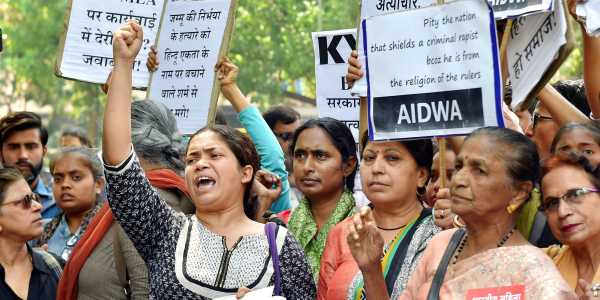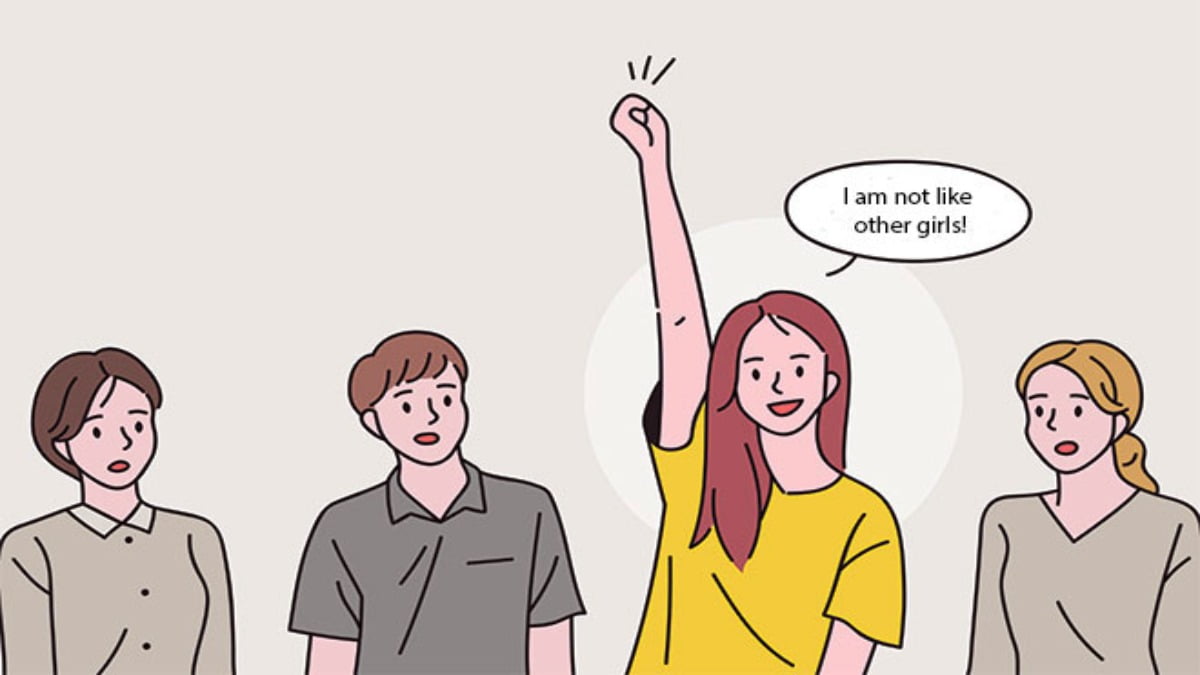What Is Anarcha Feminism?
Anarcha – Feminism has been defined as,”…being against oppression, domination and authority, but focusing on gender oppression, not because it is most important, but because it affects so many of us and must be dealt with. Gender oppression includes patriarchy, sexism, homophobia, heterosexism, heteronormativity, transphobia, the gender binary, fatphobia, sexual violence, body image issues etc.”
It is a political philosophy and movement whose goal is not only to abolish the capitalist state, but also all forms of patriarchal domination. It focuses on placing women’s emancipation at the center of the struggle towards achieving the goals laid out by the anarchist theory. It also attempts to develop the understanding of women’s roles in creating relationships free of subordination and oppression.
Anarcha feminists do not see the goals of feminism as distinct from anarchism, but they see feminism as a form of anarchism and vice versa. For them, “…the struggle against patriarchy is an inherent part of the struggle to abolish the state and abolish capitalism, as they believe that the state itself is a patriarchal structure.” It is described to be an anti-authoritarian, anti-capitalist, anti-oppressive philosophy, with the goal of creating an “equal ground” between all genders. Anarcha feminism suggests the social freedom and liberty of women without dependence upon other groups or parties.

A Brief History : The World And India
The term anarchist-feminist, later used interchangeably as anarcha-feminist / anarcho-feminist, emanates from 17th century state theory, the Marxist theory of state which upholds the concept of withering away of the state, and of course the extensive literature of the anarchist political theory. It first appeared in an August 1970 issue of the Berkele- based movement newspaper called It Ain’t Me Babe. It was first defined and created by women who saw radical feminism itself as a form of anarchy.
Radical feminists opposed the “male domineering attitude” and “male hierarchical thought patterns.” During the 1970’s, when there was a rapid growth of small leaderless consciousness raising groups in many countries across the world, a corresponding theory of radical feminism developed that opposed domination, mostly after discovering anarchism through the writings of Emma Goldman and observed the “intuitive anarchism” of the women’s liberation movement.
In India, the vestiges of anarcha feminism can be traced in the feminist movement in the 1970’s and 1980’s. During that time, the failure of the Indian state to deliver the basic needs of people lead to a widespread resistance by the workers, peasants, middle class and women.
Early anarcha-feminist theory and debate emerged through Siren newsletter. The first issue, produced as a journal in 1971, contained “Who We Are: The Anarcho-Feminist Manifesto“. The manifesto focused on differentiating anarcha feminism from socialist feminism through a critique of the state: “We believe that a Woman’s Revolutionary Movement must not mimic, but destroy, all vestiges of the male-dominated power structure, the State itself — with its whole ancient and dismal apparatus of jails, armies, and armed robbery (taxation); with all its murder; with all of its grotesque and repressive legislation and military attempts, internal and external, to interfere with people’s private lives and freely-chosen co-operative ventures.” The manifesto laid down many things which revealed what should and should not be expected.
In India, the vestiges of anarcha feminism can be traced in the feminist movement in the 1970’s and 1980’s. During that time, the failure of the Indian state to deliver the basic needs of people lead to a widespread resistance by the workers, peasants, middle class and women. However, the Indian state responded in 1975 by declaring a state of Emergency that took away all the civil and political rights of the citizens. Consequently, the women’s movement in the 1970’s emerged along with other left and democratic forces.

In the years that followed, the women’s movement identified complex structures of domination and saw some of its greatest achievements through legal reforms. Indian feminists began questioning the established power structures and realized that the feminist questioning of patriarchy necessarily challenges the state, caste, class, community, household, family and marriage. Opposition to the traditional concepts of family, education and gender roles is an important aspect of anarcha feminism. The institution of marriage is also widely opposed. Thus, Indian women challenging such power structures during that time indicates their touch with anarcha feminism.
Also read: On Feminism And Writing: A Path To Self-Realisation And Empowerment?
Why Is It Important?
When we talk about anarcha feminism, a common question that pops up is – “Why is this relevant if anarchists and feminists already oppose sexism?” History tells us that being an anarchist doesn’t make one automatically non-sexist; similarly, being a feminist doesn’t necessarily make one opposed to other forms of dominance and violence. This is why anarcha feminism becomes important. Anarchists must also oppose sexism, patriarchy, casteism, racism, along with authority, hierarchy and all forms of oppression.
History tells us that being an anarchist doesn’t make one automatically non-sexist; similarly, being a feminist doesn’t necessarily make one opposed to other forms of dominance and violence. This is why anarcha feminism becomes important. Anarchists must also oppose sexism, patriarchy, casteism, racism, along with authority, hierarchy and all forms of oppression.
The anarcha-feminist politics is a way of prioritizing feminism and anti-oppression in individual and collective struggles. Therefore, it is necessary for feminists to struggle for anarchy as no form of hierarchy and domination that decides power relations is acceptable. There are considerable synergies between feminist notions of social justice and social change as well as anarchist conceptions of revolutions, which deserve far more attention than they currently receive.
Conclusion
Anarcha feminism provides us with a means to address all forms of oppression and to act in solidarity with the oppressed, thereby avoiding a reductionist understanding of power based on just gender or caste. It further enables people to work in solidarity despite our differences, for though their experiences might differ, but illegitimate power is a common enemy.
Also read: In Conversation With Niharika Singh: Caste, Representation And Feminism In Bollywood
The present situation of India reveals that various forms of oppression are still in place and what we require is a struggle not just against patriarchy, but against all forms of oppression. Thus, whether Indian feminists should adopt anarcha feminism as a means to achieve the same in the contemporary times, is an important question that requires due consideration.
Featured Image Source: DW




